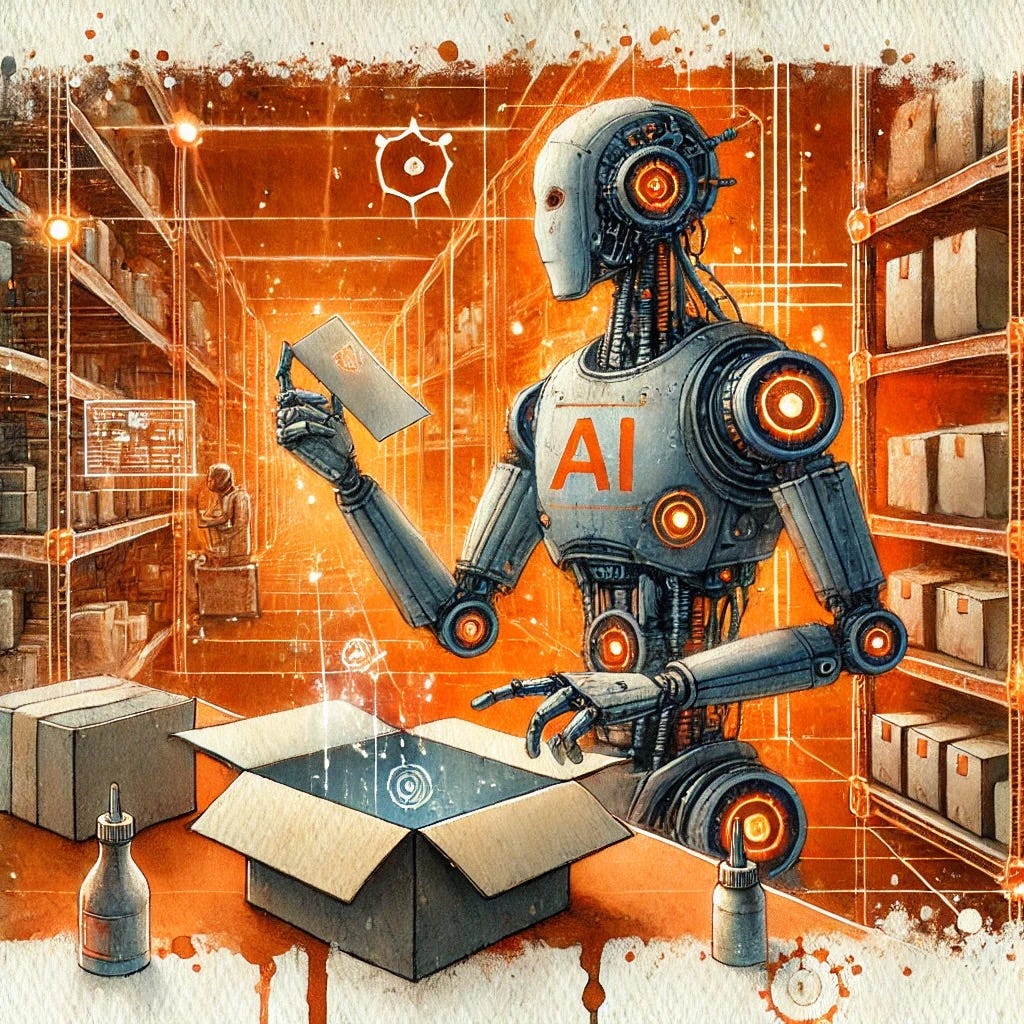AI Can Now Fold Your Laundry—And That’s Just the Beginning.
Google DeepMind just unveiled a new AI model for robots, bringing us one step closer to AI-powered machines that can see, think, and act in the real world.
Called Gemini Robotics, the model helps robots interact with objects, navigate environments, and even respond to voice commands. In demo videos, robots using Gemini Robotics were seen folding paper, putting glasses into a case, and performing delicate tasks—suggesting AI is getting a whole lot better at physical manipulation.
Gemini Robotics enables robots to:
Recognize objects and decide what actions to take.
Perform real-world tasks, from folding paper to sorting objects.
Respond to voice commands, making human-robot interaction more natural.
Trained for adaptability:
DeepMind says these robots work in environments they weren’t trained on, suggesting a new level of generalization for AI in robotics.
A step toward open development:
DeepMind is releasing a lighter version (Gemini Robotics-ER) for researchers to train their own models.
They’ve also introduced Asimov, a benchmark to assess risks and safety concerns with AI-powered robots.
Why You Should Care: For years, AI has dominated the digital world—but this is about bringing AI into the physical world.
With Gemini Robotics, AI-powered machines aren’t just learning—they’re acting. And while today it’s folding paper, tomorrow it could be automating entire industries.
The real question: At what point does a robot’s ability to “see and act” become too real?


